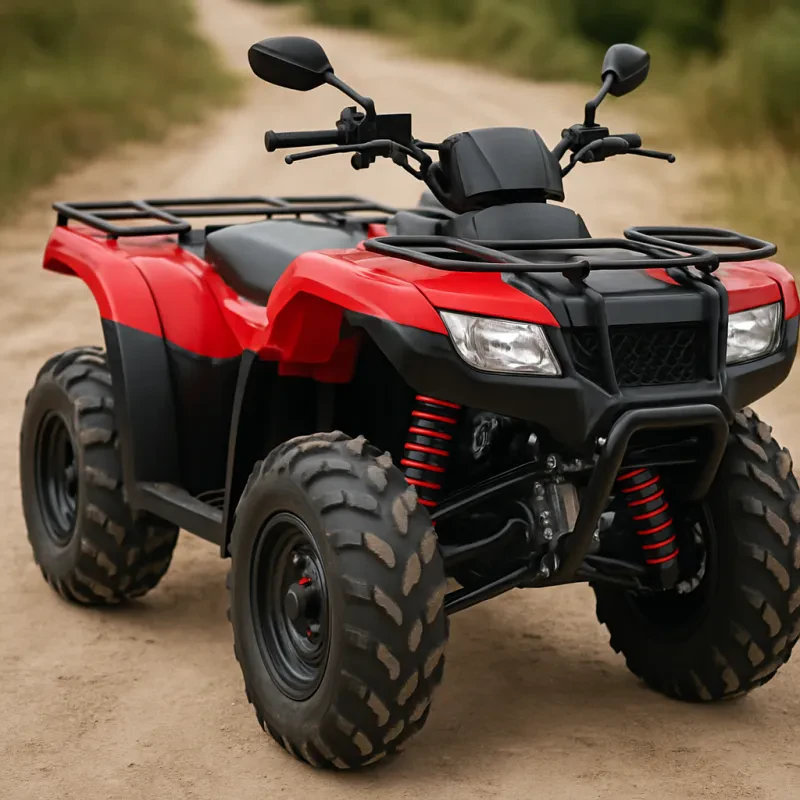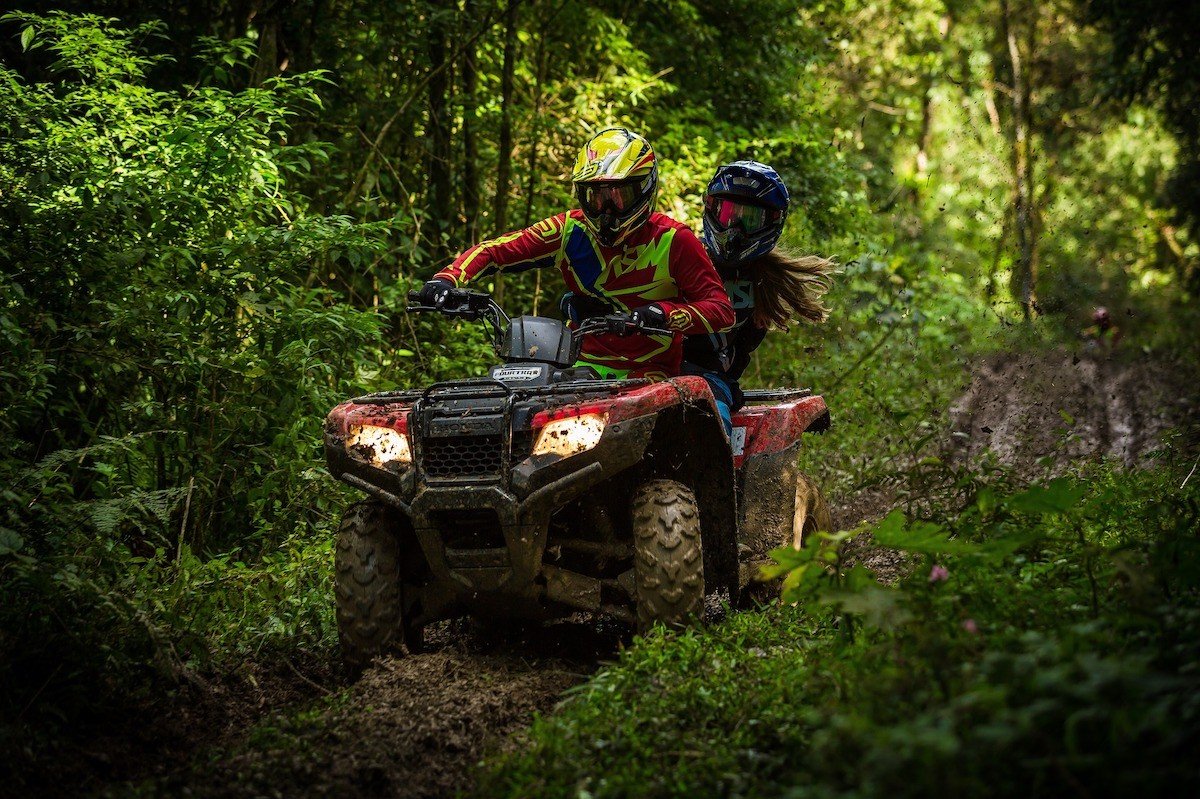When it comes to ATV competition safety, one of the most important aspects to consider is your choice of safety gear. The right equipment can significantly reduce the risk of injuries and enhance your overall performance. Start with a high-quality helmet that meets safety standards. Look for options that provide adequate ventilation, a snug fit, and a visor to protect your eyes from debris and sunlight.
Next, you’ll want to invest in protective clothing. This includes durable jackets and pants made of abrasion-resistant materials. Look for gear that features reinforced stitching and padding in key areas such as the elbows, knees, and back. Don’t forget about gloves! They are essential for grip and to protect your hands from blisters and impacts during a race.
Footwear also plays a significant role in ATV competition safety. Choose sturdy, ankle-high boots designed for off-road use. They should have a non-slip sole for better traction and provide support for your ankles in case of rough landings. Additionally, consider wearing knee guards and chest protectors for extra security during intense rides.
Lastly, don’t overlook the importance of visibility. Items like brightly colored gear or reflective vests can make a big difference, especially in a competitive setting where many riders are present. Choosing the right safety gear is not just about comfort; it’s a crucial part of ensuring your success and safety in any ATV competition. Remember, being prepared is key to enjoying the thrill of the ride without unnecessary risks.
Understand the ATV Rules
Participating in ATV competitions can be thrilling, but understanding the rules is vital for your safety and the safety of others. First and foremost, each competition will have its own set of guidelines. Before you take part, thoroughly read the official rulebook specific to the event. This will not only keep you informed about the competition format but also help you avoid disqualification due to simple rule violations.
Safety gear is often mandated in ATV competitions. This typically includes helmets, gloves, and protective clothing. Make sure you are familiar with the required safety equipment for the event you are attending. Wearing proper gear is a fundamental aspect of ATV Competition Safety and can greatly minimize the risk of injury during high-speed racing or rugged terrain tackling.
Additionally, it’s important to be aware of the track layout and obstacles. Some events may include jumps, tight corners, or muddy sections that can pose challenges. Familiarizing yourself with the course can aid in developing your strategy and help prevent accidents. Always ride at a pace that allows you to maintain full control of your ATV, particularly as you navigate tricky parts of the course.
Finally, respect other competitors and abide by the etiquette of the sport. This includes keeping a safe distance from other riders and signaling your intentions clearly. Understanding and following these guidelines will not only ensure your own ATV Competition Safety but will also contribute to a more enjoyable experience for everyone involved in the competition.
Prepare for Weather Conditions
When you're getting ready for an ATV competition, one of the most crucial factors to consider is the weather conditions. Different weather scenarios can significantly impact your performance and safety on the track. Before you head out, take time to check the forecast. Look for potential rain, strong winds, or extreme temperatures that could affect your ride.
In case of rain, prepare your gear accordingly. Wet surfaces can lead to slippery conditions, so make sure that your ATV is equipped with appropriate tires suitable for muddy terrains. Additionally, wearing waterproof clothing and gear can keep you comfortable and focused on the race rather than fighting off the elements. Remember, staying dry not only enhances your comfort but also plays a vital role in your ATV Competition Safety.
When racing in hot weather, it's essential to stay hydrated and keep your body cool. Bring plenty of water and take breaks to rest in the shade whenever possible. Heat exhaustion can sneak up on you, affecting your alertness and driving capabilities. Proper preparation for these weather conditions isn't just about you; it also impacts the safety of those around you on the course.
Lastly, be aware of how changing weather conditions can alter the course itself. For instance, high winds can create dust or affect visibility, while warming or cooling temperatures can change the traction level of the track. Being adaptable is key. By preparing for the weather, you’ll not only enhance your own ATV Competition Safety but also ensure a more enjoyable racing experience overall.
Practice Safe Riding Techniques
When it comes to ATV competition safety, practicing safe riding techniques is paramount. First and foremost, always wear the appropriate gear. This includes a DOT-approved helmet, goggles, gloves, and durable clothing. The right gear can protect you from injury in case of an accident, making it a crucial part of your safety checklist.
Another essential technique is to stay aware of your surroundings while riding. This includes keeping an eye on the terrain, other riders, and any potential obstacles. Understanding the course layout can help you anticipate challenges and navigate them safely. Always maintain a safe distance from other competitors to avoid collisions and give yourself space to react to sudden changes in the environment.
Furthermore, it’s vital to control your speed. While it might be tempting to push your limits, excessive speed can lead to loss of control and increases the risk of accidents. Instead, focus on mastering your skills and riding at an appropriate pace that suits your experience level. Practicing smooth acceleration and braking techniques will also contribute to safer riding habits.
Lastly, consider taking a safety course. Many organizations offer training specifically for ATV riding, which can improve your skills and enhance your understanding of ATV competition safety. These courses often provide valuable tips and tricks that you can apply in real-life situations, making you a more confident and responsible rider on the track.

